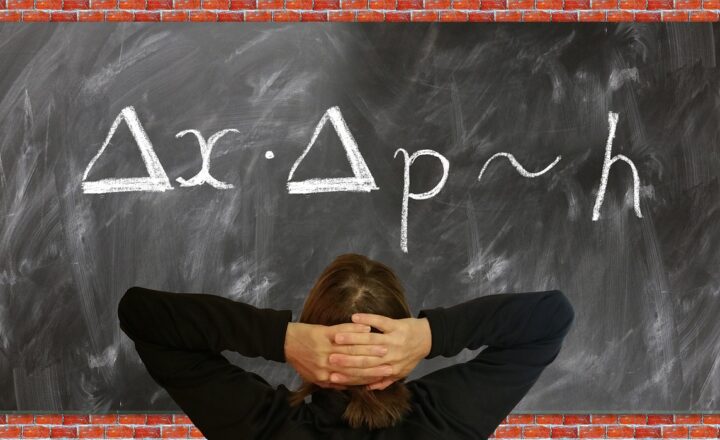The Theory of Everything: How Scientists Are Searching for a Unified Theory
November 12, 2024

The pursuit of a unified theory, often referred to as the “Theory of Everything” (TOE), is perhaps one of the most tantalizing endeavors in modern physics. The idea is to consolidate all fundamental physical forces and the particles that cause them into a single theoretical framework. This concept, seeking to explain the universe’s workings from the smallest subatomic interactions to the expanses of cosmological phenomena, has captured the imagination of scientists and the public alike. In this article, we will explore the historical context, current theories, challenges of combining them, and the future of this landmark endeavor.
1. A Brief History of Physics: From Classical to Modern
Understanding the quest for a Theory of Everything requires a grasp of the evolution of physics itself. Classical physics, primarily dominated by Newtonian mechanics in the 17th century, provided a solid foundation for understanding motion, gravity, and the interactions of objects. However, new discoveries in the 19th and early 20th centuries began to unveil the complexities of the universe beyond classical descriptions:
- Electromagnetism: James Clerk Maxwell’s formulation of the laws of electricity and magnetism in the mid-1800s was paramount. His equations implied that light is an electromagnetic wave and unified electric and magnetic fields.
- Relativity: Albert Einstein shattered classical concepts with his theories of special and general relativity, radically changing how we understand space, time, and gravity.
- Quantum Mechanics: The dawn of the 20th century saw the development of quantum mechanics, revealing a world governed by probabilities, particle-wave duality, and entanglement.
With these innovations, physics split into two separate realms: the macroscopic cosmos described by general relativity and the microscopic universes governed by quantum mechanics. Yet, no single framework emerged that effectively reconciled the two.
2. Current Leading Theories
In its search for a unified theory, modern physics has mostly revolved around the following frameworks:
- Quantum Field Theory (QFT): QFT is a fundamental theory in particle physics that combines quantum mechanics with special relativity and describes particles as excited states in fields. It underpins the Standard Model of particle physics.
- General Relativity: Einstein’s theory that explains gravitational phenomena through the curvature of spacetime, leading to predictions about black holes and cosmological expansion.
- String Theory: A leading candidate for a Theory of Everything, string theory posits that fundamental particles are not point-like but rather one-dimensional strings. This framework suggests additional dimensions beyond our familiar three dimensions of space and one of time.
- Loop Quantum Gravity (LQG): This theory approaches unification from a different angle by quantizing spacetime itself, positing that space and time are made up of discrete units.
While these theories have flourished independently, they struggle to be coherently integrated, leading to ongoing debates and fierce discussions within the scientific community.
3. Discussing the Challenges of Unification
The employment of disparate theories to tackle the universe’s greatest mysteries presents several challenges:
- Experimental Validation: A significant limitation in modern physics lies in the difficulty of conducting experiments at the scales relevant to quantum gravity or string theory, often requiring energy levels far beyond current technological capabilities.
- The Problem of Scale: General relativity and quantum mechanics operate on vastly different scales. Attempting to unify them requires reconciling many paradoxes, leading to mathematical complexities and conceptual hurdles.
- Integration of Forces: A successful TOE must inherently explain the fundamental forces of nature: gravitation, electromagnetism, the weak nuclear force, and the strong nuclear force, all within a single framework.
Despite these challenges, scientists are relentless in their pursuits, continually proposing new theories and conducting experimental work that may one day lead to a breakthrough in unifying these principles.
4. The Role of Technology in Advancing Physics
Modern technology stands at the forefront of humanity’s efforts to unravel the mysteries of the universe. Significant advances include:
- Cern and the Large Hadron Collider (LHC): Located in Switzerland, the LHC is vital in the hunt for new particles and forces. Its collision experiments aim to find evidence of phenomena predicted by both quantum mechanics and theories beyond the Standard Model.
- Astrophysical Observations: Telescopes and observational technology enable scientists to study cosmic phenomena, such as black holes and gravitational waves, that can provide insights into the nature of gravity and spacetime.
- Computational Methods: Advanced algorithms and computational modeling allow physicists to simulate complex scenarios that would be challenging to analyze analytically, pushing the envelope of current knowledge.
It is through these technological advancements that theoretical models and experimentally derived data can merge, potentially paving the way for the prediction of a unified theory.
5. Looking Toward the Future
The pursuit for a Theory of Everything is not merely an academic exercise but a human endeavor bred on curiosity and passion for understanding our existence. Future research is directed towards:
- Interdisciplinary Approaches: Bridging gaps between fields, such as integrating concepts from quantum physics with consciousness studies, might unveil new perspectives.
- New Experimental Technologies: Innovations in particle detectors and telescopes may soon provide richer data, refining or challenging current theoretical frameworks.
- New Mathematical Forms: The development of novel mathematical structures and techniques to tackle the problems inherent in unification could provide breakthroughs.
Ultimately, the quest for a Theory of Everything reflects a deeper human desire to comprehend the cosmos, forging connections between the known and the unknown.
Conclusion
The Theory of Everything remains a tantalizing goal for physicists worldwide. As they grapple with the complexities of modern theories, the challenges of experimental limitations, and the need for technological advancements, each step brings them closer to unraveling the fundamental nature of the universe. Whether via string theory, loop quantum gravity, or some yet undiscovered principle, the pursuit for a TOE continues to inspire and captivate those who look up at the cosmos and seek to understand their place within it.
This academic journey intertwines the realms of science, philosophy, and art, reminding society that the quest for knowledge is an unending adventure full of wonders yet to be discovered.







